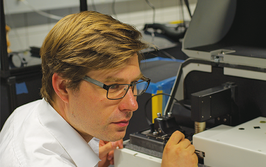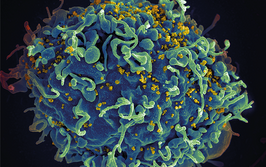Effects of Static Electricity on Analytical Weighing

contributed by Sartorius |
Among the various options for eliminating static electricity during analytical weighing, there are simple, low-cost measures available. However, due to the current metrological and practical limitations, many of these measures are difficult and timeconsuming to use and are not universally applicable. On the other hand, there are methods that are both powerful and spacesaving, particularly when they are integrated directly into the balance.
Static electricity is a physical phenomenon that is a common occurrence in many areas of our daily lives, and it can have tremendous significance in industry and all kinds of research and development laboratories. Electrostatic charging of materials, for instance, in industrial processes and during production sequences or materials analysis can have negative effects. For example, dosing powders with a spatula or dosing heads risks spreading the substance so it cannot be brought into the vessel without spilling. Electrostatic discharges can damage electronic equipment and components. Spark discharges can easily ignite flammable substances in the immediate vicinity, which, for example, can lead to serious accidents. Thus, millions of dollars are spent around the world on efforts to eliminate electrostatic charges and their associated negative effects.
Log in or register to read this article in full and gain access to The Analytical Scientist’s entire content archive. It’s FREE!

















